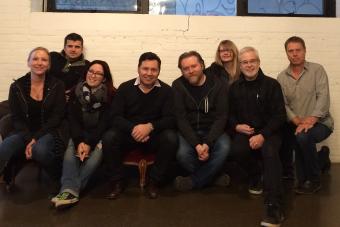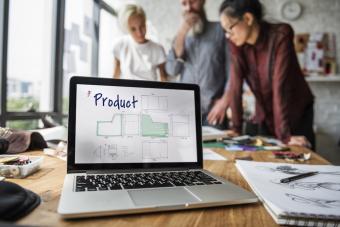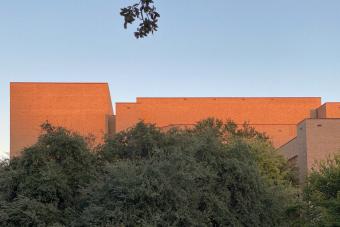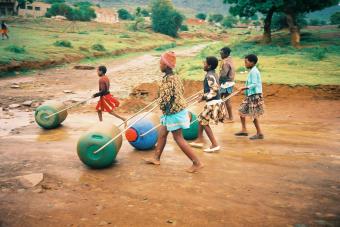wide angle shot of Ride the Synthwave event sponsored by Nelda Studios featuring projection mapping on Winship building at UT Austin
Featured Story
SDCT's Top 10: Year in Review
Look back on the show-stopping events, national recognition, and milestones we're celebrating from the 2022-2023 academic year.











